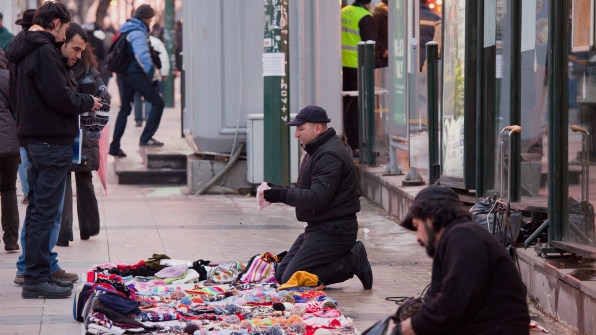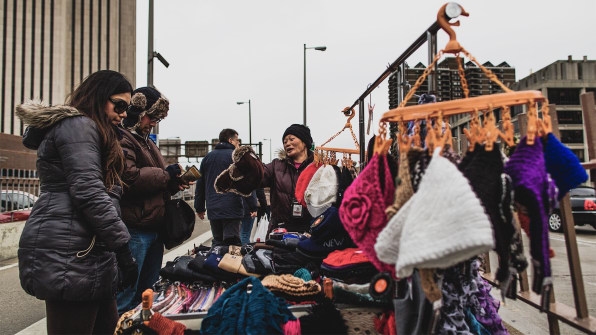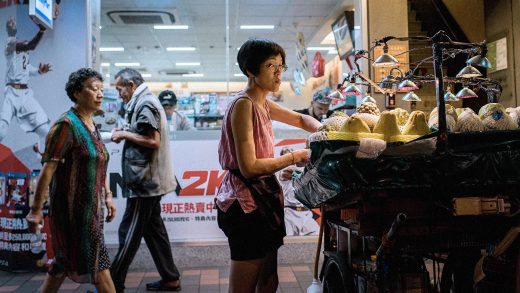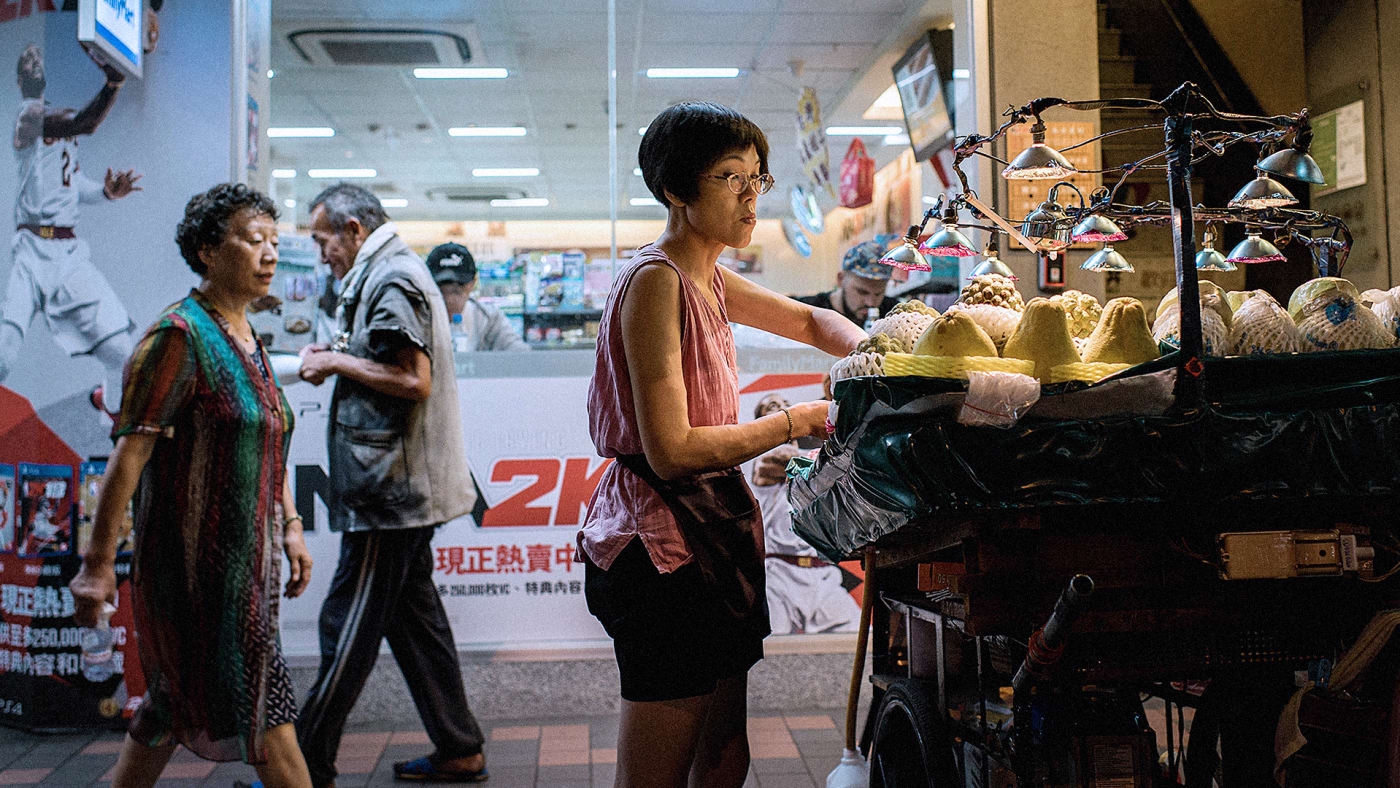Informal workers make up half the workforce of developing cities
In Kampala and other Ugandan cities, around 86% of the urban workforce is informally employed–that is, employed without legal and social protection either independently or by small, unregistered local enterprises. They might work as street vendors, waste pickers, construction workers, or artisans.
While they receive little or no recognition from local government or law enforcement (and what little they do receive is often negative), these informal workers make up the fastest-growing sector of Uganda’s economy. Currently, they account for 70% of the labor force, and produce 43% of the country’s gross domestic product. In other parts of the developing world, you see versions of these numbers: Around 80% of India’s urban workforce are informally employed.
These findings come from a new report from the World Resources Institute’s Ross Center for Sustainable Cities that attempts to quantify the global informal economy and its impact on cities in the developing world. The study is part of a larger effort on the part of the nonprofit to investigate how cities in the developing world can grow responsibly–both ethically and environmentally–in the 21st century. “We need more equal cities,” says report co-author and Ross Center fellow Victoria A. Beard. “More equal cities–those that have equitable access to resources like transportation, water, food, and housing–are more economically productive and more environmentally stable,” she adds. “There are a lot of negative externalities that happen to the environment when people don’t have access to core resources or financial means.”
That’s particularly true in parts of the world that are rapidly developing, like South Asia and Africa. As cities grapple with how best to implement key sustainable growth resources like transit and affordable housing, it’s necessary to understand the larger economic context. And most of the urban workforce in the developing world–76% in Africa, 47% in Asia and the Pacific, and 36% in Latin America–is informal.

So what that means is that as these cities develop, they need to build out resources to support their informal workers, like waste pickers, street vendors, and home-based workers like cleaners or craftspeople, who generate between one quarter and one half of a countries GDP. “We’re talking about the need to be inclusive of the majority of urban workers,” says co-author Marty Chen, who also heads up the network Women in Informal Employment: Globalizing and Organizing (WIEGO). “It requires a fundamental change in mindset–urban officials, local authorities, and economic planners have to see the informal economy as part of the solution rather than a problem that they try to sweep away.”
One way for cities to follow through on that is by granting legitimacy to the labor that informal employees do. Street vendors, for instance, make up a vital part of the landscape and economy of developing cities, but they’re often subject to punishment and crackdowns because they have so few protections: In the spring of 2017, for instance, police in Hanoi, Vietnam carried out raids against vendors, fining them as much as $9 (two days’ wages) for selling on the streets. And yet, these same vendors are working to support their families, and the wares and food they sell are a huge tourism draw. Rather than punishing and fining vendors, cities and countries should recognize the role their work plays in the overall economy, and develop a permitting system to allow them to continue it. Bhubaneshwar, India, for example, was one of the first cities to acknowledge the value of street vendors, and created 54 designated zones in which they could set up stalls.

Waste pickers are another example of informal workers who contribute a great deal to their cities but often struggle to access protections. “Informal waste pickers are more careful to retain recyclables, which private garbage collectors tend not to do,” Chen says. But often, they face barriers to doing their work: Some cities limit access to waste streams to private collectors, and limit the right of informal workers to bid for public waste-collection contracts. A way forward could be for informal waste pickers to organize as cooperatives, potentially with the help of labor groups like WIEGO. That would give them more visibility, and cities, in turn, should recognize those cooperatives as valuable assets and grant them the right to bid for waste collection contracts. In Colombia, this model proved successful: After Asociación de Recicladores de Bogotá, a cooperative association representing more than 2,500 waste pickers in the city, lobbied the local government, the country passed landmark legislation ruling that independent waste picker cooperatives could bid for contracts.
These are small changes, but they testify toward a larger trend of recognition and legitimacy that cities must grant workers that do so much to power their economies. Informal work springs up because existing economic structures fail to provide for the majority of urban workers. As cities grow and aim to do so sustainably, they can’t afford to overlook this significant portion of their population. Cities need to bolster these workers by creating affordable housing for them close to their job sites, or within easy access of sustainable, affordable mass transit that will allow them to move throughout the city. Instead of, as Chen says, sweeping these workers to the periphery and failing to account for their needs, local officials should make a concerted effort to communicate with these workers, understand what would help them continue to do the work that they do, and ask supports they’re missing. This new report should give urban officials a sense of just how much these informal workers do to keep their economies afloat; it’s time for cities to make a greater effort to keep these workers in place, and in livable conditions, as they grow.
(25)



